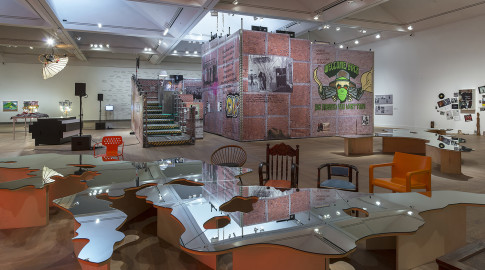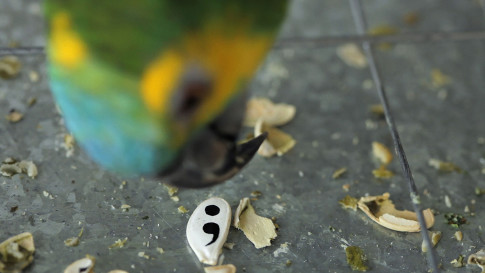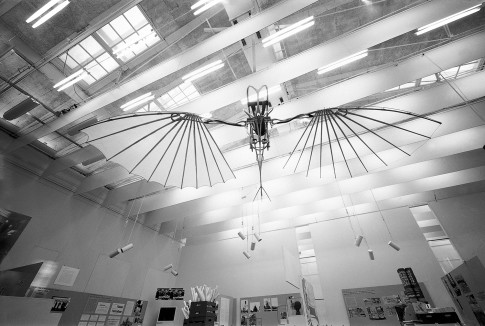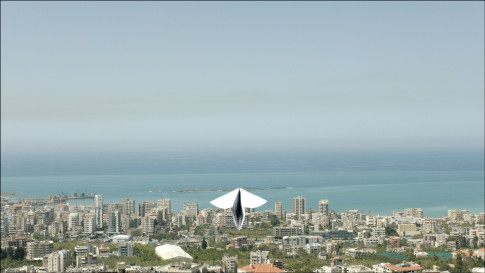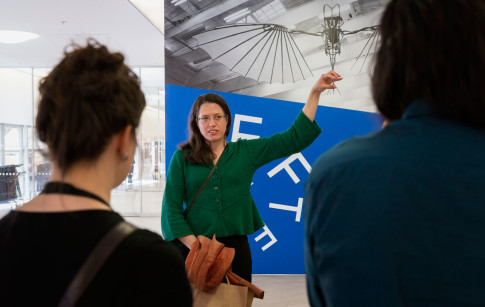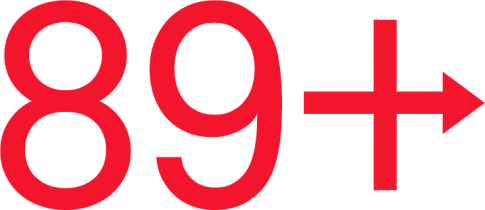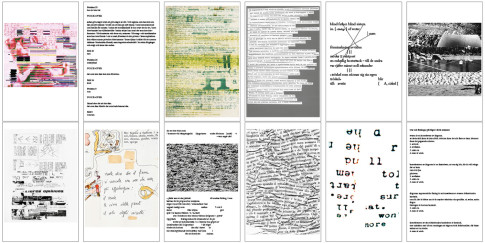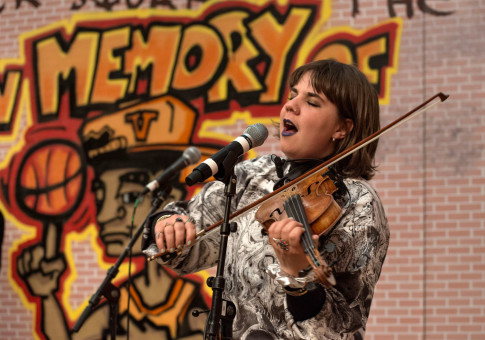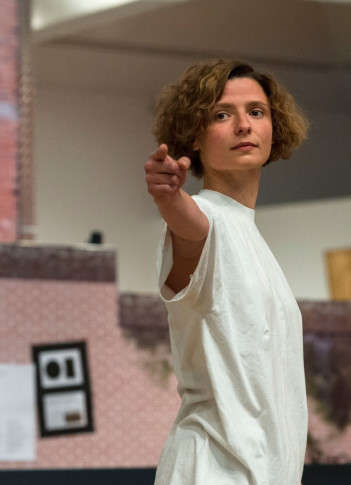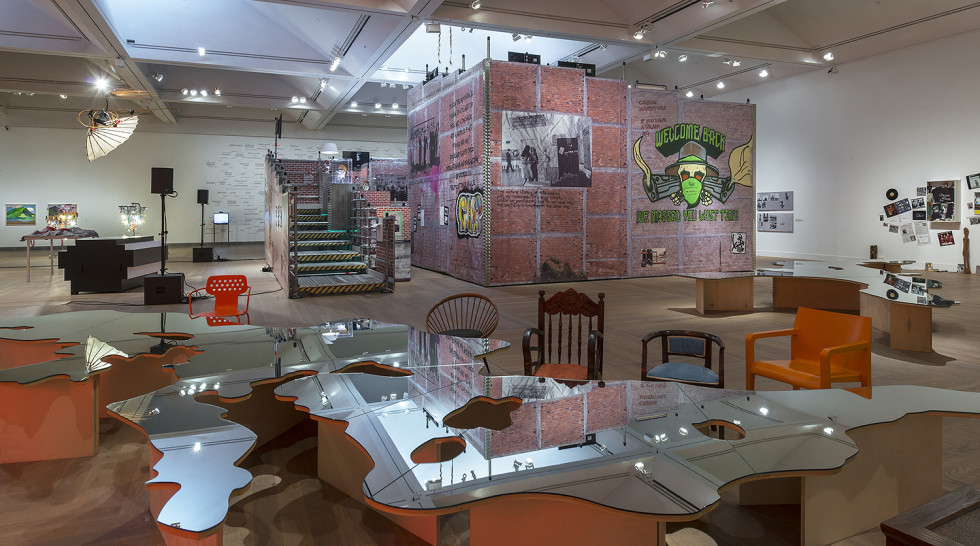
Installation view, After Babel / Potery will be made by all! / 89plus, Moderna Museet, 2015 Photo: Åsa Lundén/Moderna Museet
Artists in After Babel
Georges Adéagbo, b 1942 (Benin/Germany)
Like a cultural anthropologist, Georges Adéagbo arranges his objects into assemblages and installations that often draw attention to complex relationships. Since the mid-1990s, Adéagbo has exhibited all over the world, incorporating both the location of the venue and his homeland Benin in his work to achieve a meeting of cultures.
La naissance de Stockholm..! (2014) is one such comprehensive work. The artist bought books, magazines, album covers and clothes from flea markets in Stockholmn and sent pictures of some of them to Cotonou, where local craftsmen replicated them as wood reliefs and paintings. Adéagbo then arranged the material into a unique and sprawling narrative that gives rise to new meanings.
Etel Adnan, b 1925 (Lebanon/France)
Poetry and the written word have been Adnan’s main media since the 1960s when she made her debut in English, which seemed to be the most appropriate language in the wake of the Vietnam War. She alternates between languages as easily as between the media of painting, poetry and philosophy, so that the languages enrich one another mutually.
Adnan paints from memory, landscapes she has lived in for many years, such as the Beirut of her childhood and the California of her adult years, and impressions from her travels to different continents. Her abstract paintings in bright, clear colours are apparently simple in their composition and radiate a form of timeless energy. Adnan regards her images as receptacles for her own thoughts and those of the beholder.
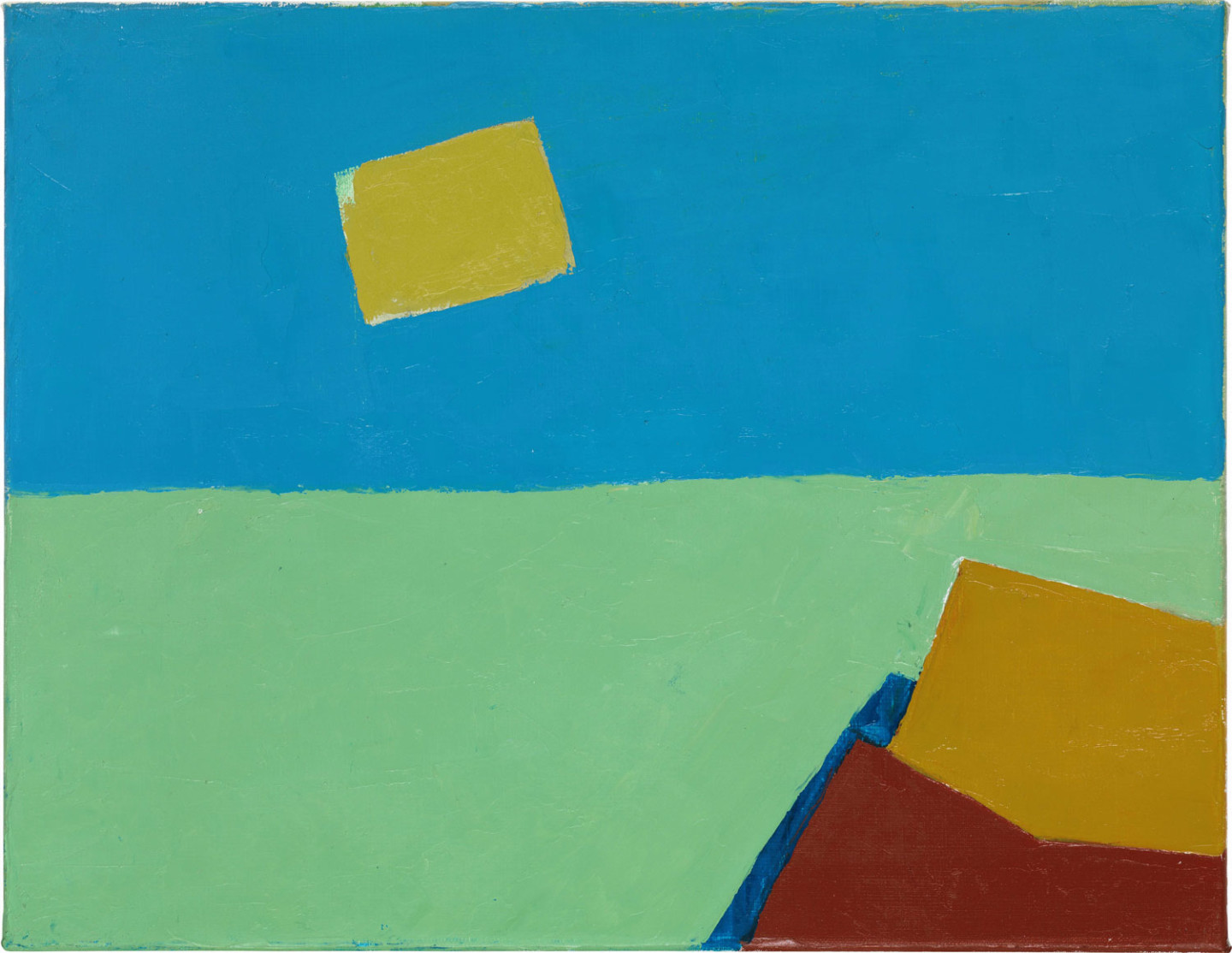
Kader Attia, b 1970 (Algeria/France)
When Kader Attia was a practising artist in Congo, he found insect-eaten textiles, the holes patched with French appliqué embroidery, and much later, in a museum, he found a Congolese sculpture where one shell-shaped eye had been replaced with a button. The carefully mended objects caught his interest, and he saw the incorporation of Western elements in African objects as a conscious act of rebellion. Attia states that non-Western cultures, by repairing, mixing and integrating, can begin to reclaim their freedom and come to terms with the colonial past.
In the slide show Open Your Eyes (2010), documentary images of mutilated soldiers whose injuries from the First World War had been rapidly patched up by the field hospitals, are juxtaposed with African masks and ceramics mended with whatever was at hand. Disturbing similarities arise between the healed and repaired subjects and objects.
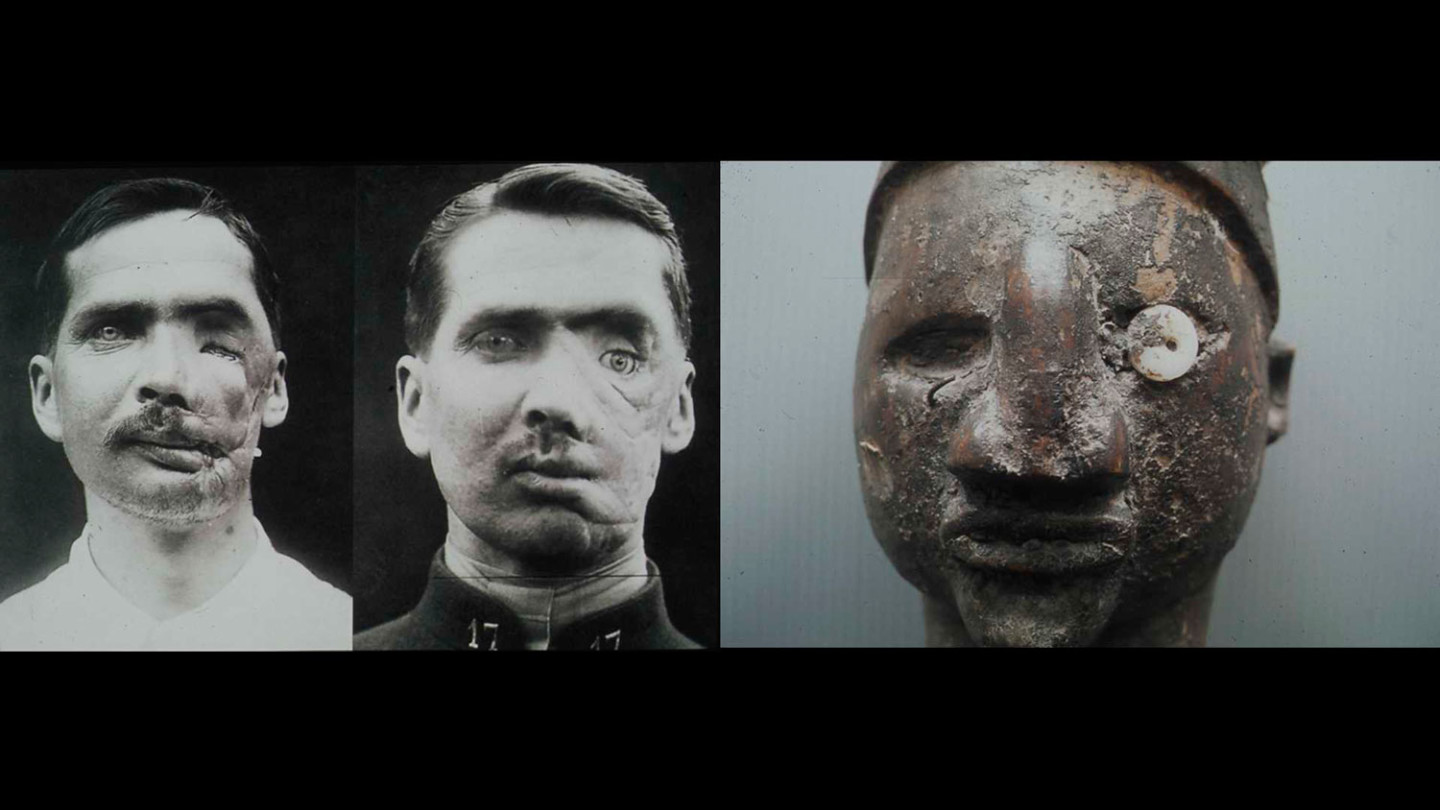
Yael Bartana, b 1970 (Israel/Netherlands)
Yael Bartana grew up in Israel. In several of her films she explores Israel’s awareness of itself as a nation in relation to the European national states. Her narratives condense Europe’s traumatic 20th-century history into a nightmare set in the near future.
And Europe Will Be Stunned is the title of Yael Bartana’s most famous work: a film trilogy circling around the fictive Jewish Renaissance Movement in Warsaw. High up on the wall in the exhibition, her futurist film title is presented in neon letters; the ambiguous statement about Europe’s forthcoming surprise evoking both hope and doubt.
In her films, Bartana poses questions relating to ideology, geography and history, and to how a sense of belonging is created without banishing the Other.
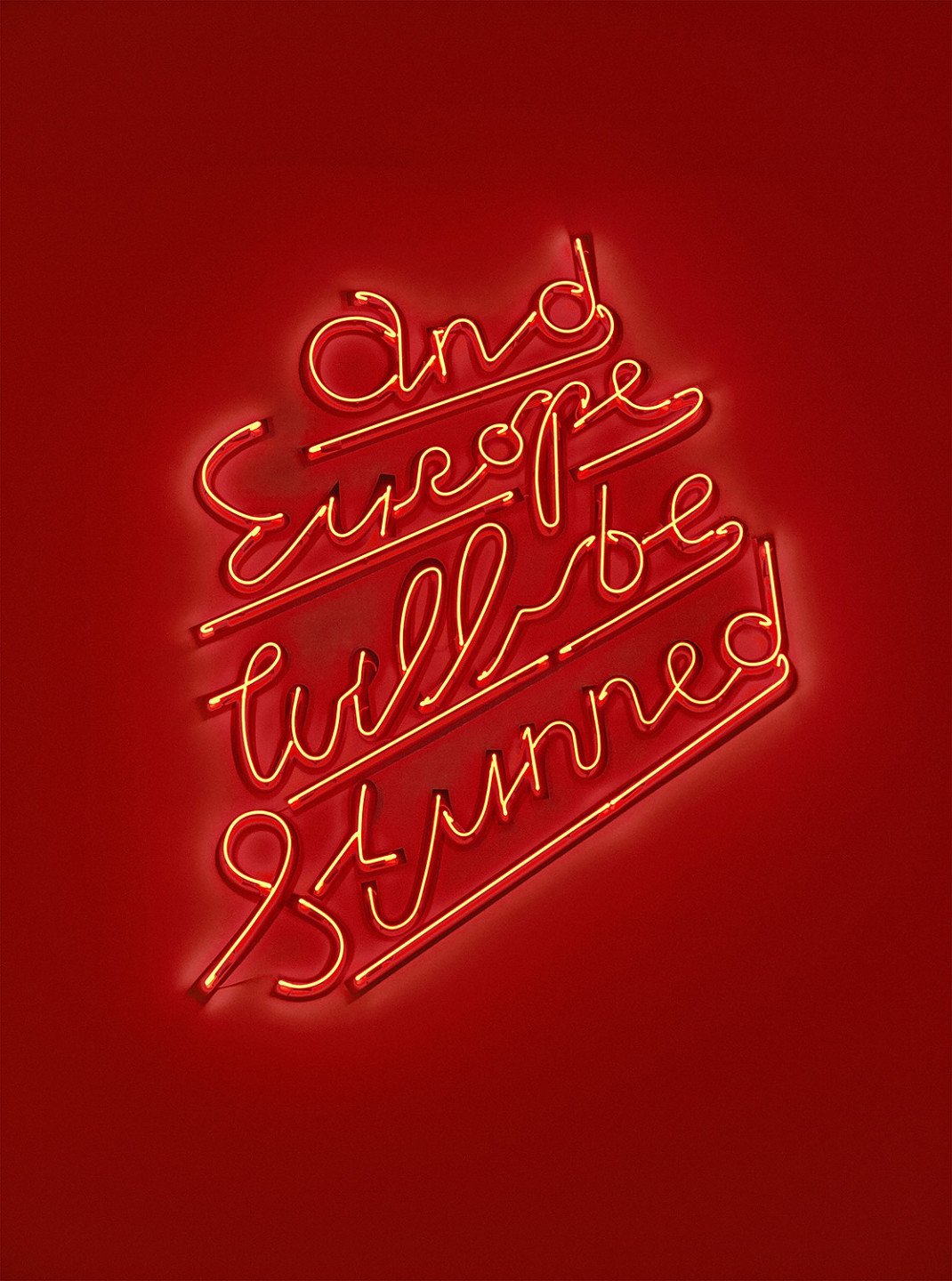
Paul Chan, b 1973 (Hong Kong/USA)
“In other words, whatever the content in whatever form, art is only ever interested in appearing as one thing: freedom.” This is how Paul Chan summarises his discussion in What Art Is and Where It Belongs, an essay published as a book in 2009 and available online in an unabridged version. A decade earlier, Chan had launched a website where he could freely share his video works, animations and fonts. Today, he operates his own publishing company.
His interest in exploring the gap between what we write and what we mean are constant themes in his oeuvre. In the series of workshe shows in After Babel, fonts take on a central role and a form of nonsense language plays on the shortcircuits that occur when thesis and antithesis lack a synthesis.
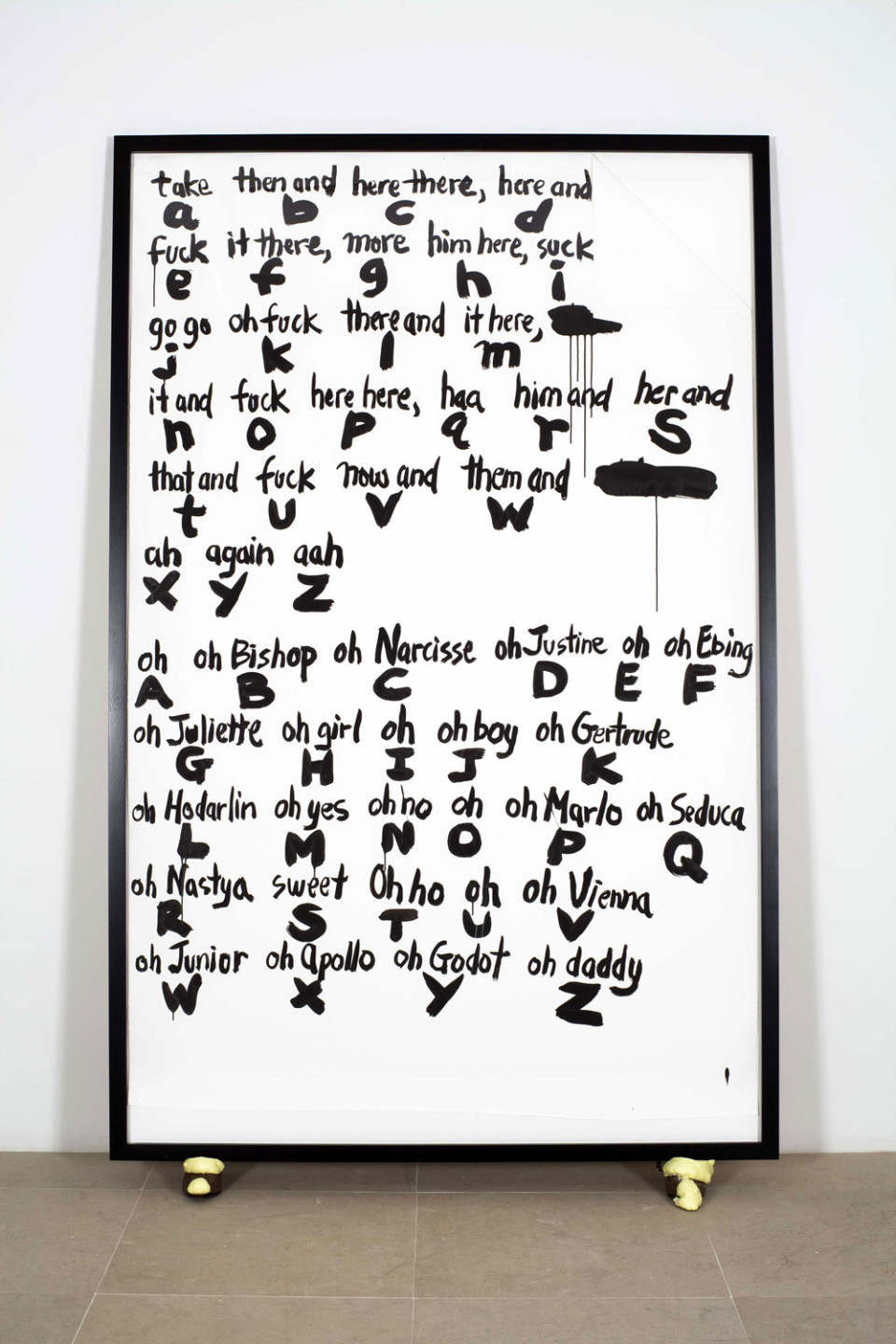
Simon Denny, b 1982 (New Zealand/Germany)
“An artist is also a business,” says Simon Denny, who seeks to emulate corporate jargon in his monumental installations and video works. His ongoing theme is information, how it is shared, its visual presentation, what it feels like and its consequences in global culture.
For After Babel Simon Denny and the architect Alessandro Bava have created a Babylonian tower in the exhibition room. Their structure embodies the ideas from the exhibition Poetry Must Be Made By All! Transform the World!, which was shown at Moderna Museet in 1969 and included elements of political and linguistic utopias. The tower uses this nebulous yet fantastic body of ideas, spanning from the year of rebellion 1968 to the next auspicious year, 1989, when the World Wide Web was established in full – and the Berlin Wall fell, the apartheid regime was abolished, and Tiananmen Square was bathed in blood – and onwards into our own era of complex networks of relations, information and commerce. As part of an ongoing project, 89plus produces poetryon-demand and has specially invited everyone born 1989 or later to invade the tower with their newlywritten texts, readings and discussions.
Rivane Neuenschwander, b 1967 (Brazil/UK)
Rivane Neuenschwander shares Etel Adnan’s ambition to expand language to embrace every aspect of life, as the title of her video work Word/World (2001) infers. Word/World, Wort/Weld, Mot/Monde – in many European languages an alliteration arises that enhances the connection between the two words. The film shows ants marching back and forth carrying words on their backs, in a moonlike landscape. The two big words look heavy, but have nevertheless lost their meaning.
At first glance, another work in the exhibition, Edible Alphabet (2001) seems to resemble an abstract painting, but the artists has used spices instead of pigments, to outline 26 rectangular fields, corresponding to the number of letters in the A-Z alphabet.
Michelangelo Pistoletto, b 1933 (Italy)
Mirror glass is a material that has fascinated Michelangelo Pistoletto over the years, from his early works where he printed photorealistic self-portraits on mirrors and incorporated viewers in his works, to the mirror tables shown in this exhibition. Pistoletto, who became a key figure early on in the Italian Arte Povera movement, founded Cittadellarte in the mid-1990s, as a centre for innovative ideas and an interdisciplinary laboratory. This forum was a step in the artist’s ambition to merge art and life. At Cittadellarte, as in the exhibition, the mirror tables play an important part. Shaped like the contours of the seven seas, they serve as platforms for discussions and cultural exchanges.
Haegue Yang, b 1971 (South Korea/Germany)
Hybridisation and linguistic short-circuits are themes that also inform several works by Haegue Yang. In a series of anthropomorphic sculptures, Yang has collected everyday objects and arranged them into on wheeled clothes racks – ostensibly enabling them to move on.
From the ceiling hangs Swedish Villa (2012), its yellow-and-blue blinds representing the yellow cross against the sky blue of the Swedish flag. The blinds could easily be raised or lowered, but the structure is sturdily suspended, like a modernist bungalow built on a solid foundation. Haegue Yang works with complex constructions, often based on geometry and postcolonial theory, but with lightness and poetic fluidity.
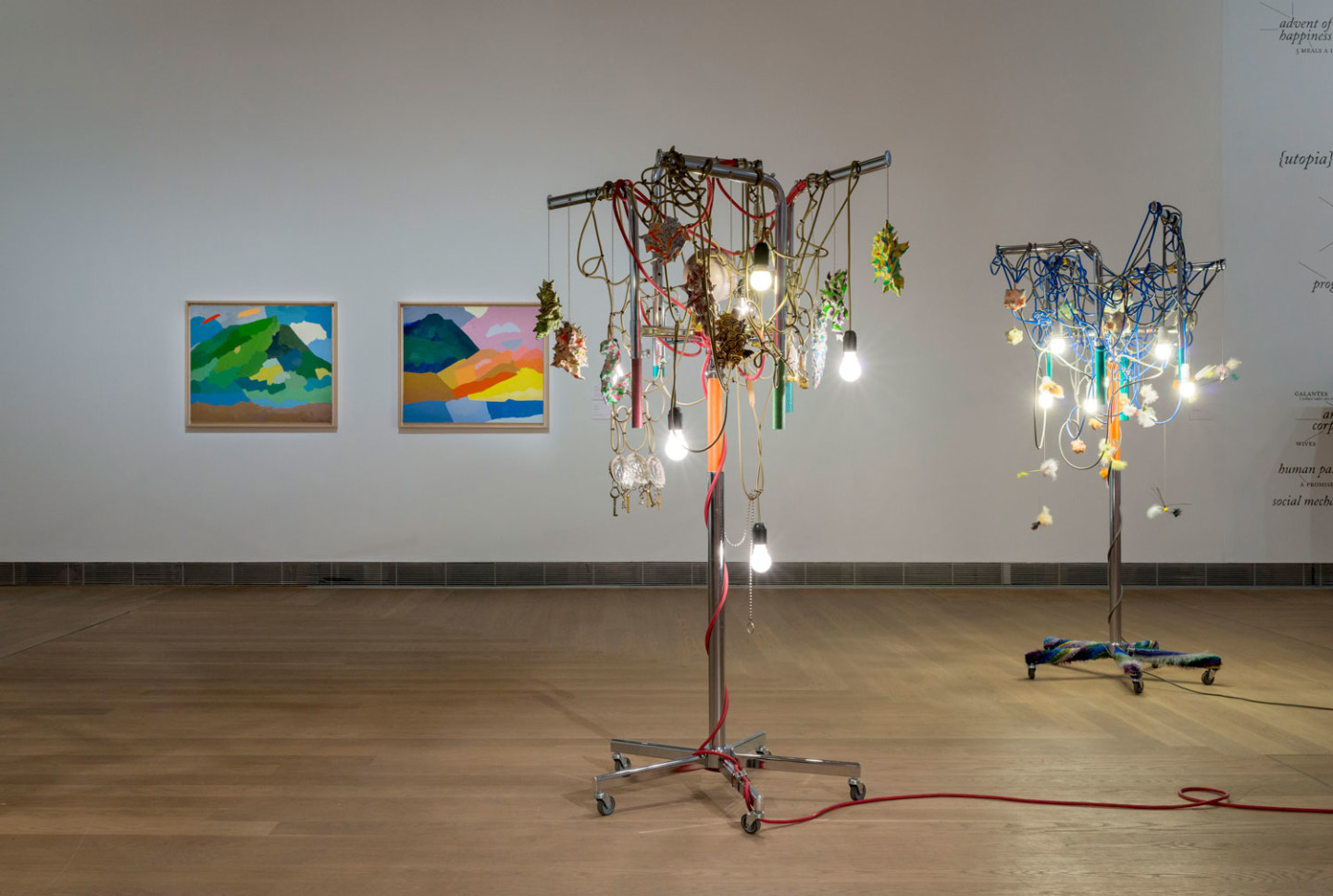
Etel Adnan, Untitled, 1983. Untitled, 1983 © Etel Adnan. Courtesy GALLERIA CONTINUA San Gimignano/Beijing/Les Moulins.
Haegue Yang, Ornamental Mountains and Seas – Fire & Dragon, 2011. Feather Dew Point – Blue Orbit, 2012 © Haegue Yang. Courtesy the artist and Galerie Chantal Crousel, Paris.
Photo: Åsa Lundén / Moderna Museet

